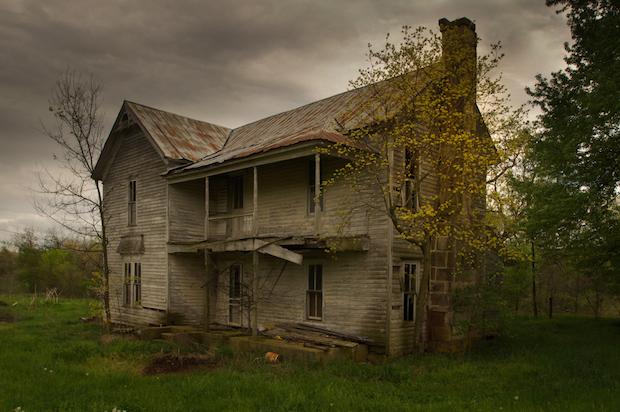The U.S. is often said to be facing a “housing crisis”, with much of it centered on a shortage of available homes for sale. But a new report from the National League of Cities says that abandoned and vacant homes across the country are also a big part of the problem.

In some parts of the country, vacant homes account for up to 20% of the housing stock, the report found.
“Abandoned homes can sit for years and become a real drain on the local government,” Kim Hart, managing editor at Axios, told CNBC.
Several midsize cities in the Midwest and Northeast regions have very high levels of vacancy rates, Hart said:
“Many of these cities were once manufacturing hubs and mills that employed a large number of people … but the populations have shifted,” she noted. And now, these cities are left with hundreds—even thousands—of vacant homes that are pulling down nearby property values and even posing safety concerns.
Some of the cities with big vacancy problems include Detroit; Cleveland; Baltimore; Philadelphia; Gary, Indiana; Youngstown, Ohio; and Flint, Michigan. For example in Gary, around one third of all homes (around 7,000 in total) are either abandoned or currently unoccupied.
At least, lawmakers in Gary are trying to tackle the problem. Their idea is to demolish many of the abandoned homes and make way for new lots for developers to build more affordable housing.
But demolition isn’t always the best course of action from a financial perspective, Hart said. The problem is it costs around $10,000 to demolish just one home, and that’s a conservative estimate. So Gary’s plans to demolish 7,000 homes could well cost it upwards of $70 million, which of course simply isn’t feasible.
Other cities have different ideas. For example in Baltimore, authorities are simply taking possession of abandoned homes and working with nonprofits to try and rehabilitate them for new buyers.
The report from the National League of Cities has called abandoned housing one of the “greatest challenges for cities.” But it’s too often overlooked as a way to boost economic growth, the report notes. When vacancies are higher than 20% of a community’s total properties, the number of vacant buildings may grow indefinitely and the market stops functioning, according to the report.